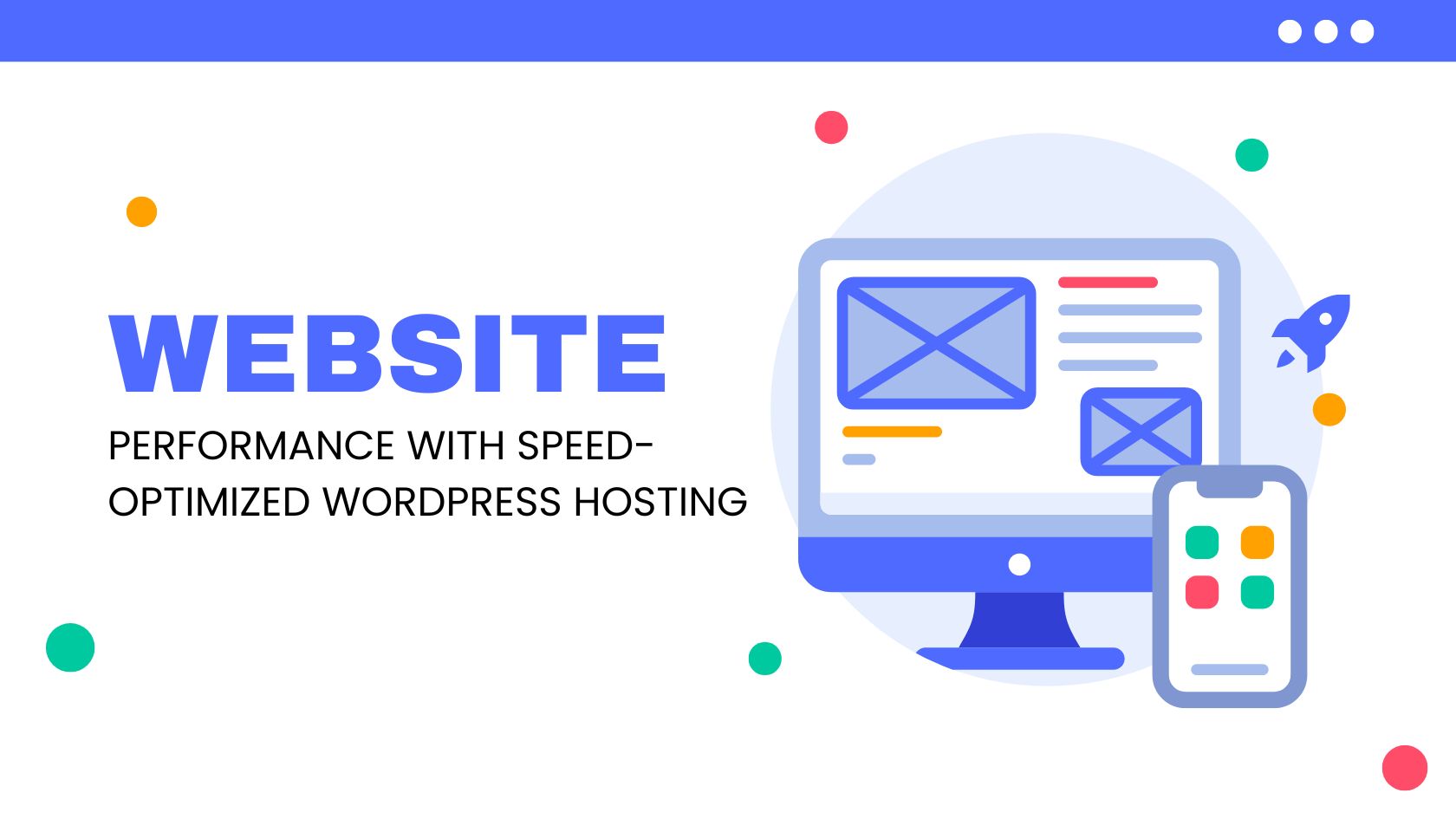Web-Native Architecture Pays Off for ASPs
Many ASPs that sell Web-native applications have been around since the early days of the ASP industry. It looks like their patience — and software architecture — is finally paying off.
Spending on Web-native ASP services in the U.S. is expected to grow from $200
million in 2001 to over $1.5 billion by 2006, according to Framingham, Mass.-based market research firm IDC.
In its report U.S. Web-Native Application Service Provider
Forecast, 2002-2006, IDC defines Web-native ASPs as those that provide software, implementation,
integration and customer support products, services, and processes that are
built specifically for one-to-many Internet delivery.
The $1.5 billion forecast applies only to companies that provide software exclusively in a Web-native format, Karen Moser, research manager for IDC's ASP and Application Management Services program told ASPnews. That is, the research doesn't include traditional independent software vendors (ISVs) that may offer Web-native software as part of a larger product mix. “In a broader sense, everybody will eventually be Web native,” Moser said.
To find the Web-native ASPs that have enjoyed the most success to date, the adage “follow the money” applies.
“It's difficult to say which specific categories are doing the best,” Moser told ASPnews. “But it's fair to say that services that offer ways to better track and manage revenues, such as CRM [customer relationship management] and accounting, have done well.”
Moser points to companies such as accounting ASP NetLedger (makers of the Oracle Small Business Suite) and CRM ASPs Salesforce.com, Salesnet and Upshot as examples companies that stand to gain in the coming years.
To fully capitalize on this growing market, however, Web-native ASPs must take advantage of new opportunities, such as Web services, the IDC study reports.
“Web-native ASPs are particularly suited to creating, aggregating and delivering self-describing and discrete Web services applications as components that can be called on demand,” said Moser. “As new applications emerge based
on the Web Services Architecture (WSA), Web-native ASPs should be at the forefront of this trend.”
Web-native ASPs have a step up on other software developers because the applications are already flexible and modular, and many have been experimenting with Web services. However, Moser said, Web-native ASPs need to follow these steps:
From a software architecture point of view, Web-native ASPs have some advantages over traditional ISVs, but they also have a large disadvantage. IDC reports that one the biggest challenges facing Web-native ASPs is developing and executing an effective marketing and sales strategy.
Until sales channels adapt and accept ASP services, Web-native ASPs can benefit from alliances with other well-known brands. “They don't have the brand awareness. Advertising takes a lot of money. We all saw how well those Super Bowl ads worked for dotcoms. It's going to continue to be a challenge,” Moser told ASPnews. “They don't fit the existing mold.”
Moser said that one effective way to gain market share is to offer private-labeled services through partnerships with major telcos, IT services outsourcers and other professional services firms. “Web-native ASPs can benefit by working with other companies that already have a relationship with customers, but don't have the applications to automate that relationship,” Moser told ASPnews. She cited WorldCom's conferencing service powered by WebEx and Oracle's Small Business Suite powered by NetLedger as examples.
However, Moser notes the most ASPs are reluctant to remain completely behind the curtain. “The concept of private label is morphing. It's becoming more of an ‘Intel Inside' approach. It's rare to see any company give up on its brand equity.
They may not be household names quite yet, but CRM ASPs, in particular, seem ready to take on their enterprise ISV rivals. “Yes, they are roaring,” said Moser. “But it's the law of the jungle. You either run away or try to look really scary.”
It doesn't look as if Web-native ASP plan to run away any time soon. In fact, they are pushing deeper inside the enterprise. “They deliver value to divisions of large companies,” said Moser. “Those companies can afford to implement Web-native applications.”
Customers also like the speed of deploying Web-native applications.
“With Salesforce.com, you are talking days depending on the size of the company. With Siebel, it's not less than six months,” Moser said.
But do Web-native ASPs pose a real threat to the large enterprise ISVs? “Can they compete with Siebel for a Ford Motors global implementation, probably not. But they certainly can compete for a division within Ford.”
While Web-native ASPs may not be kings of the software jungle, they do deserve to roar at least a little bit. “Everyone else has had trouble,” Moser said, “but they have flourished.”

Dan Muse is a journalist and digital content specialist. He was a leader of content teams, covering topics of interest to business leaders as well as technology decision makers. He also wrote and edited articles on a wide variety of subjects. He was the editor in Chief of CIO.com (IDG Brands) and the CIO Digital Magazine. HeI worked alongside organizations like Drexel University and Deloitte. Specialties: Content Strategy, SEO, Analytics and Editing and Writing. Brand Positioning, Content Management Systems. Technology Journalism. Audience development, Executive Leadership, Team Development.



